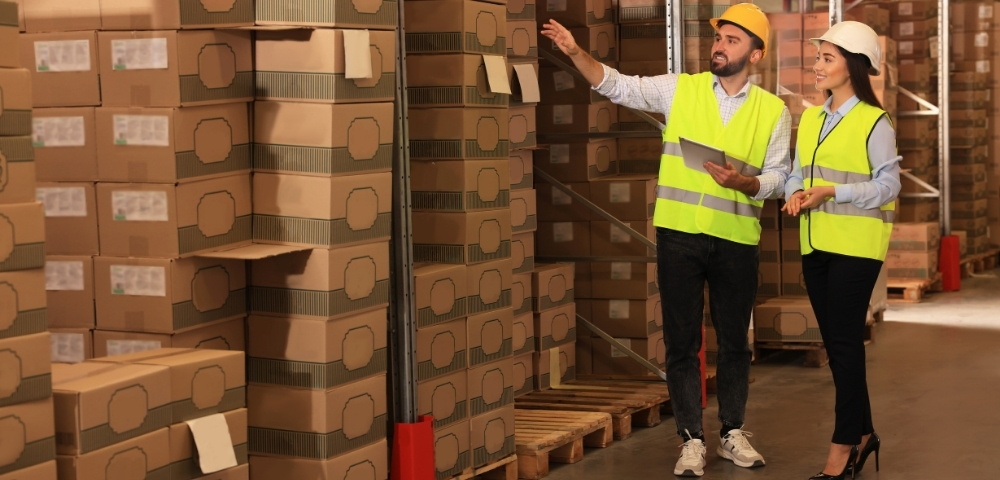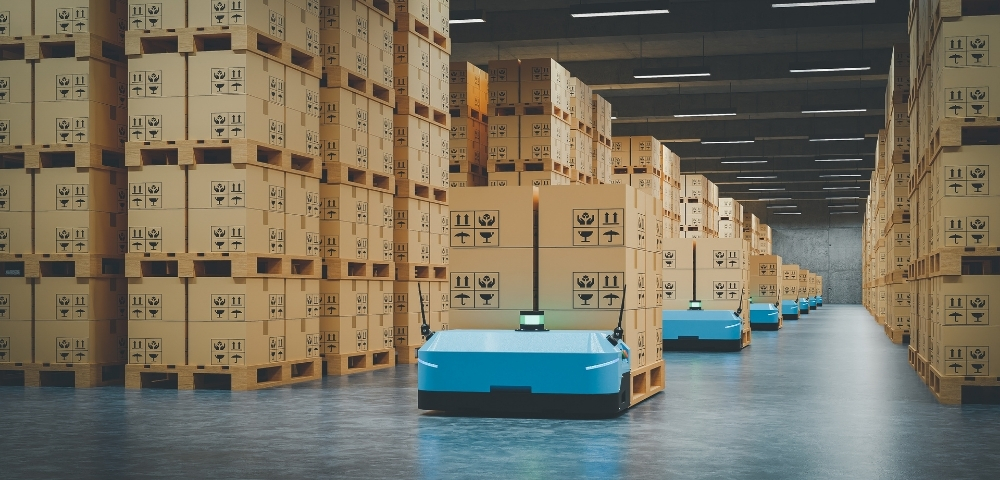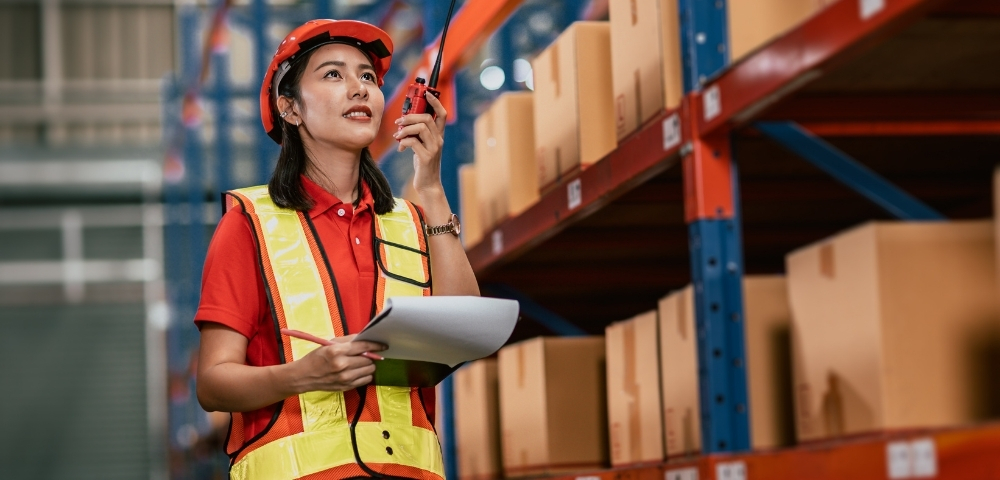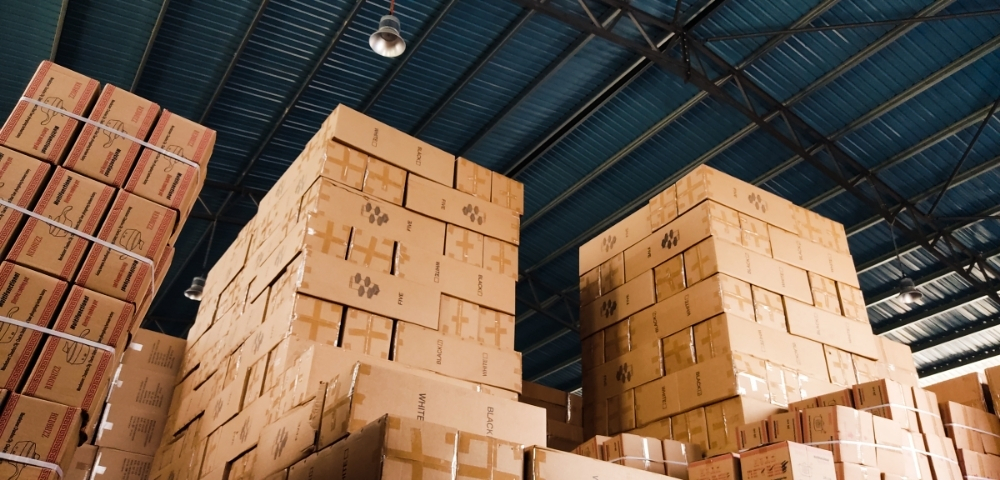The reason you lost most of your profits last year is not because of what you think! Did you know that many production failures stem from distribution line errors? What is the point of making your productions perfect when your products cannot reach the right place at the right time? One small delay can cost a company millions of dollars. This is why you need to have the best knowledge about the distribution network.
In this article, we explore its definitions and types while looking into the practical world examples and the best possible strategies.
We will uncover
What is Distribution?

- Distribution is the process of moving products from where businesses make them to where people can buy and use them. It starts right after production and includes storing goods, handling inventory, and delivering them to wholesalers, retailers, or directly to customers.
- When companies plan their distribution well, they make sure the right product reaches the right place at the right time. This does not just involve trucks or warehouses, but distribution also includes choosing the best routes, managing transport costs, and keeping customers happy with fast, accurate delivery.
- You can see strong distribution in action when a phone launches worldwide and hits store shelves in different countries on the same day. That takes planning, teamwork, and strong logistics systems.
- Retail, food, electronics, and even online shops all rely on distribution every single day to stay successful. A poor distribution system creates delays, damages trust, and leaves shelves empty. That is why smart businesses invest in strong supply chains and tracking systems to stay ahead.
- When a company nails its distribution, it not only moves products efficiently, but it also builds a reputation for reliability and convenience.
Different Types of Distribution

Direct Distribution
Direct distribution occurs when a company sells its products straight to the customer without using middlemen like wholesalers or retailers.
This is where brands take full control of how they market, deliver, and support their products. That direct connection builds trust and allows businesses to learn more about their buyers.
You can see that e-commerce also helps small and big companies use direct distribution without needing physical stores. While this method saves money on middleman fees and offers better customer insight, it also brings challenges like handling shipping, returns, and customer service on your own.
Companies that use this method need to build strong online platforms or open their own stores to manage sales properly. Direct distribution works best when businesses want to keep full control, offer unique products, or maintain close customer relationships.
Indirect Distribution
Indirect distribution involves using other businesses, like wholesalers, retailers, or agents, to move products from the manufacturer to the customer. Instead of selling items directly, companies allow partners to handle parts of the sales journey.
For example, a soft drink company might sell its product to a distributor, who then delivers it to thousands of stores. This system saves time and helps products reach a wider audience faster because distributors already have established networks.
However, indirect distribution also means the company gives up some control over customer experience, pricing, and branding. It might take longer to get feedback, and profits get shared among more players. Despite this, many companies still go with this approach, especially when they aim to grow fast or sell across different regions.
This method fits well with businesses that cannot afford to build a large supply chain or do not have the team to handle direct customer sales. Retail, food, consumer goods, and electronics are the industries that mainly rely on indirect distribution to reach big markets.
Intensive Distribution
The latter is a mechanism that puts products in as many outlets as possible to reach the largest number of customers. Companies that choose this method aim to be everywhere, supermarkets, convenience stores, gas stations, and even vending machines.
We usually see this strategy with everyday products like snacks, soft drinks, toothpaste, and batteries. This method boosts visibility and sales volume, but it also means the business must produce in large quantities and keep up with heavy demand. On the downside, the brand might lose a bit of exclusivity and may face competition even in the same store.
Since the product appears almost everywhere, businesses need a tight supply chain to avoid stockouts or delivery delays. However, intensive distribution suits items that people buy often and without much thought. It works great when the product needs wide exposure or fast-moving sales to stay profitable.
Exclusive Distribution
This means a company picks just one or a few outlets in a specific area to sell its product. This method gives a brand more control and helps create a premium feel.
We can see this occurs for luxury goods like high-end watches, designer fashion, or speciality electronics. For example, a luxury car brand might sell only through one trusted dealership in a city. The brand builds a strong relationship with the distributor and maintains strict rules about pricing, display, and service. This setup helps the product feel rare, which boosts its value in the eyes of the customer.
However, exclusive distribution can limit how many people see or buy the product, especially if the chosen outlets do not perform well. It also means slower market expansion if the company wants to stay selective. Still, this method works when a brand wants to maintain a strong image, offer top-quality service, and avoid price wars.
As you can see, it is perfect for industries where customer experience matters more than mass availability.
Selective Distribution
Selective distribution sits somewhere between intensive and exclusive models. Why do we say that?
In this method, a company picks a few carefully chosen stores or outlets to sell its products. The idea is to reach enough customers without losing control of the brand. This typically occurs in industries like electronics, furniture, and fashion.
For example, a smartphone company may choose specific tech retailers to carry its products rather than selling them everywhere. This balance allows the business to protect its brand value while still reaching a wide audience. Further, selective distribution helps avoid oversaturation and keeps the product’s image strong, especially when service or education is needed to sell it properly.
However, this method requires careful partner selection, and if one outlet underperforms, it can affect sales in that area. It also demands clear agreements and regular performance checks. When done right, selective distribution helps companies grow without giving up too much control. It suits brands that want strong relationships with retailers and a good reputation with customers.
A Practical Example of a Distribution Framework

- In the real world, many clothing brands use a retail distribution framework that includes both physical stores and online platforms to reach customers.
- This is where the company ships products from central warehouses to its stores in busy shopping malls or city centres, making it easy for people to browse and buy.
- At the same time, it runs a user-friendly website where shoppers place orders that get packed and shipped from fulfilment centres. This setup gives customers multiple ways to buy, whether they prefer visiting in person or shopping from home.
- They track sales data from each channel and restock items quickly. This will help them respond fast to changing customer needs while keeping quality and service consistent.
The Best Strategies for Perfect Distribution

- Choose the Right Channel Mix
Smart businesses match their product type with the best-selling paths like online stores, retailers, or direct sales. They study customer habits and pick what works, not just what is popular. This approach helps products land in the right hands faster without wasting time or money chasing the wrong audience.
- Use Real-Time Inventory Tracking
It is better to use real-time tools to track stock across warehouses and stores. This way, you will avoid stockouts or overloading shelves. When you know what is selling and where, you ship smarter. It keeps everything running smoothly and stops customers from turning to your competitors because your product is not available.
- Build Strong Delivery Networks
It is noticeable that top brands partner with reliable delivery services and keep local options open. They test routes, measure speed, and fix delays fast. Customers expect fast, safe delivery, and if you mess that up, you lose trust. So companies keep their logistics team sharp and always ready for pressure.
- Train Your Distribution Team Well
Your team can either boost or break your whole strategy. Great businesses train their teams to pack, ship, and manage flow without mistakes. They do not guess things. Instead, they follow systems. When everyone understands their role in distribution, fewer things go wrong, and products move from factory to shelf like clockwork.
- Always Review and Improve the System
No distribution strategy stays perfect forever. Markets shift, customers change, and tech keeps growing. Smart companies check their system often and adjust quickly. They listen to feedback, fix weak links, and upgrade tools before problems grow. This habit keeps their product flowing steadily, even when things get unpredictable.
Incorporating Digital Tools for Optimising Distribution

Each wrong shipment you make destroys your profits silently. Your competitors are using AI technology embedded Warehouse Management Systems to optimise their distribution network as well as save their dollars. Why do you stay behind? If you purchase a robust system from a reputed brand, it will offer you live insights of your distribution network, smarter planning and scheduling tools, automatic alerts, etc. in real-time. Since the market is moving faster, let’s play this smarter, not harder!

